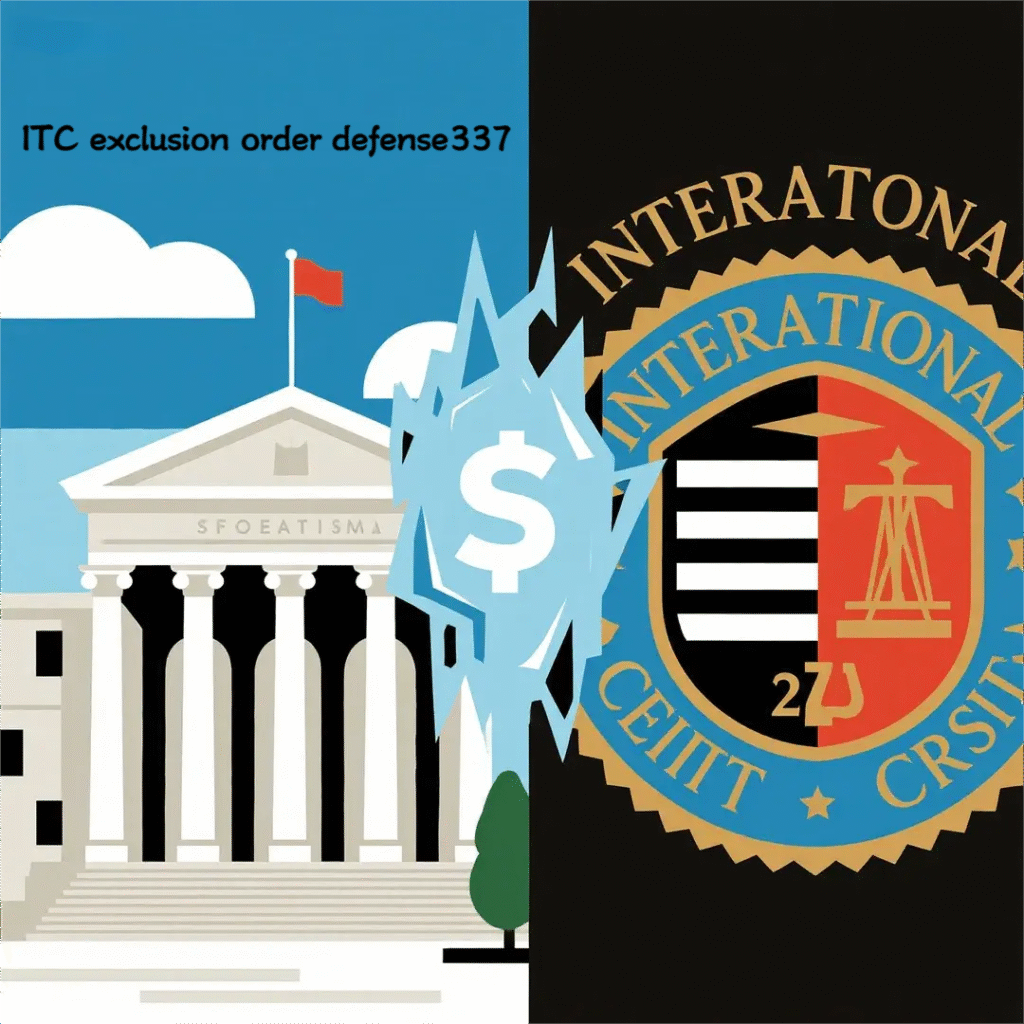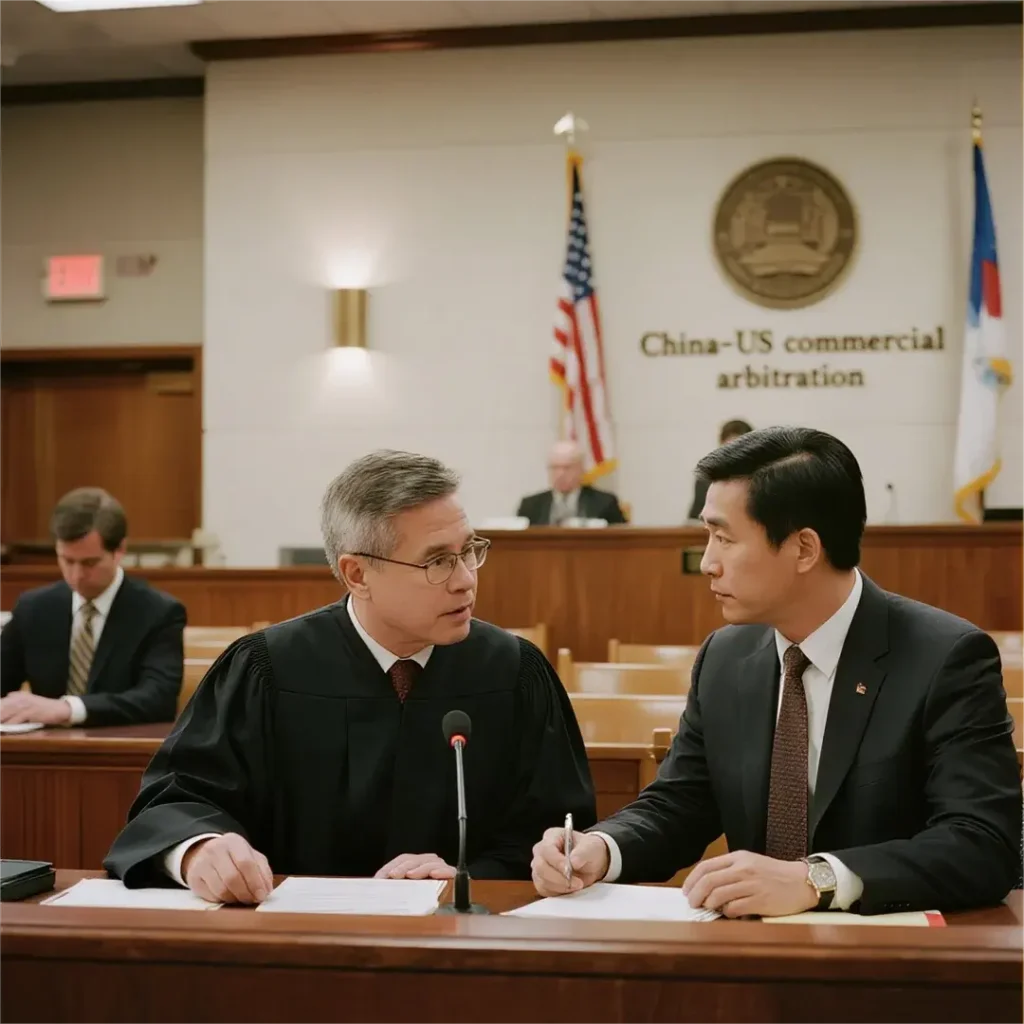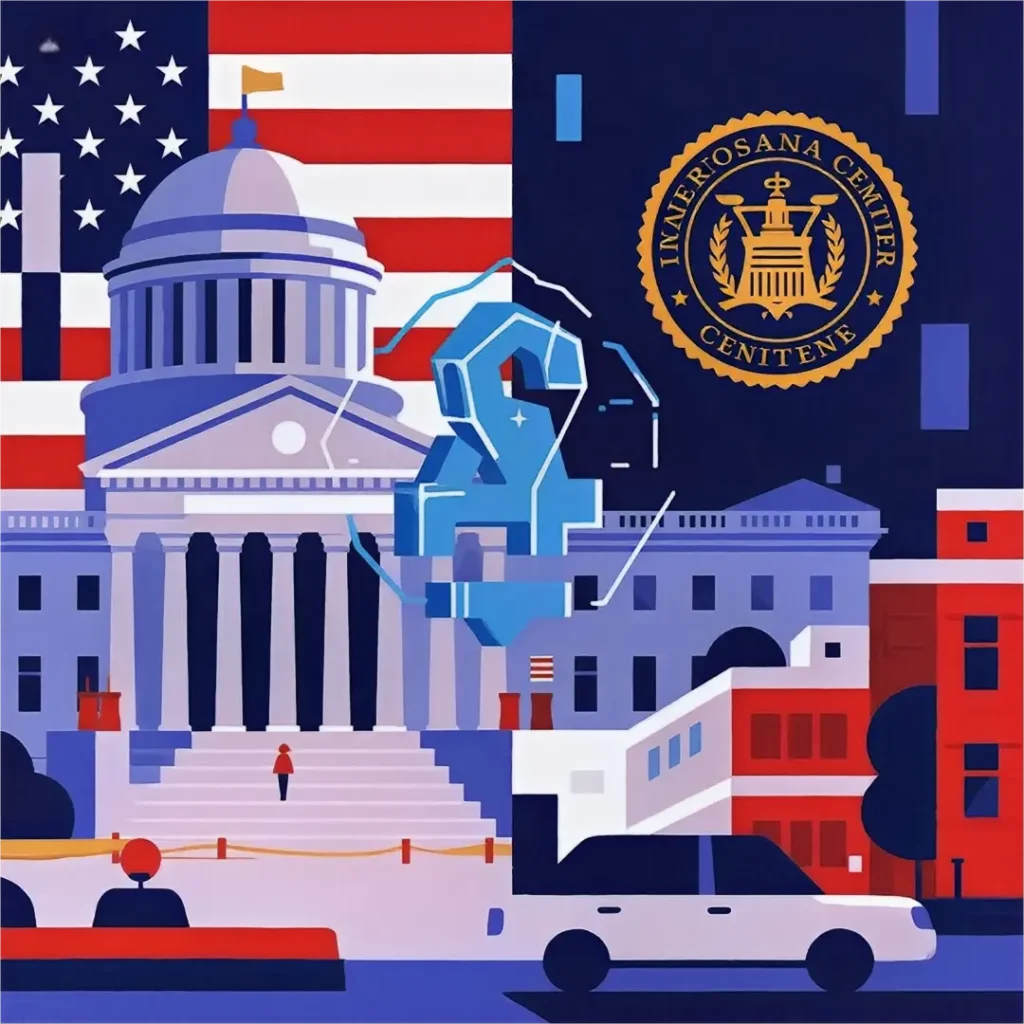
The 2025 Federal Circuit decision in Lashify, Inc. v. ITC revolutionized ITC practice by expanding the domestic industry requirement. Complainants can now satisfy the economic prong through investments in sales, marketing, and distribution—not just manufacturing or R&D. For respondents, this demands three countermeasures:
1. Challenge “Significant Investment” Threshold: Argue that the complainant’s expenditures (e.g., warehousing costs) lack “substantial” contextual impact, especially for import-reliant firms.
2. Exploit the End of Chevron Deference: Post-Loper Bright, courts no longer defer to ITC’s statutory interpretations. Cite conflicting precedents to contest the ITC’s domestic industry analysis.
3. FRAND-Based Defenses for SEPs: In standard-essential patent (SEP) cases, assert:
– Equitable defenses (e.g., patent misuse, implied license) if the complainant violated FRAND obligations during negotiations.
– Public interest arguments against exclusion orders, citing risks to supply chains (e.g., medical devices as in 337-TA-1364).
💡 Pro Tip: Request ALJ hearings in non-Texas venues (e.g., DC) where FRAND defenses have higher success rates.

⚖️ Leveraging US Federal Courts via China-Based Agents
Chinese defendants facing ITC exclusion orders should coordinate with US agents to initiate parallel federal court actions:
– Jurisdictional Strategy: File declaratory judgment actions in manufacturer-friendly districts (e.g., Delaware or Northern California) to challenge patent validity. Cite Nokia’s SEP victory (2024) to counter ITC bias.
– Anti-Suit Injunctions (ASIs): Seek ASIs in Chinese courts (e.g., Shenzhen) to block US litigation, leveraging Huawei v. Samsung precedents. Enforce via bilateral judicial cooperation MOUs.
– Discovery Advantage: Use US agents to gather evidence under 28 U.S.C. § 1782 for ITC proceedings, targeting complainant’s non-US activities (e.g., FRAND breaches).
📌 Compliance Note: Designate agents with dual US-China bar membership to navigate CISG conflicts and evidence-sharing barriers.

China-US Commercial Arbitration in ITC Disputes
Arbitration clauses can sidestep ITC jurisdiction but require precise drafting:
– Pre-Arbitration Injunctions: File in Hong Kong or Singapore courts to halt ITC proceedings, citing contractual arbitration agreements (e.g., “All IP disputes shall be resolved by HKIAC arbitration”).
– Contractual Carve-Outs: Exclude ITC-specific remedies from arbitration clauses:
“Claims related to ITC exclusion orders, cease-and-desist orders, or Customs enforcement shall be litigated in Delaware federal courts.”
– Post-ITC Damage Recovery: Use arbitration to seek compensation for lost sales if exclusion orders cause breach of supply agreements.
⚠️ Risk Alert: Avoid arbitrating SEP licensing terms—US courts often overrule arbitral awards conflicting with FTC antitrust guidelines.
🌐 Integrated Parallel Litigation Strategy
Coordinate ITC, US court, and Chinese proceedings to maximize leverage:
Forum Objective Tactical Move
ITC Delay exclusion orders File petitions for ALJ recusal if biased; demand Lashify-based domestic industry re-examination
US Federal Court Invalidate patents/secure damages Counter-sue for antitrust violations if complainant withholds FRAND licenses
Chinese Courts Block enforcement Seek preliminary injunctions against US judgments under Anti-Foreign Sanctions Law
Qianhai FTZ Courts Freeze US assets Obtain pre-judgment attachments on complainant’s China-held assets (e.g., factory equipment)
Evidence Synergy:
– Use ITC discovery (e.g., depositions) in arbitration to prove bad-faith negotiation.
– Submit Chinese market data in US courts to refute “domestic industry injury” claims.

🚨 Critical 2025 Updates & Action Plan
1. Post-Lashify Defense Docket**:
– Within 20 days of ITC complaint, subpoena complainant’s marketing/financial records to contest “substantial investment”.
2. Arbitration-ITC Hybrid Strategy:
– Initiate HKIAC arbitration within 48 hours of ITC filing; request emergency arbitrator to suspend proceedings.
3. Asset Protection Protocol:
– Transfer US-bound inventories to Mexico/Vietnam to requalify origin if limited exclusion order issues.
“Parallel litigation isn’t just defense—it’s offense. Freeze their assets in Qianhai while striking patents in Delaware, and they’ll negotiate.” — ITC Litigation Handbook (2025)